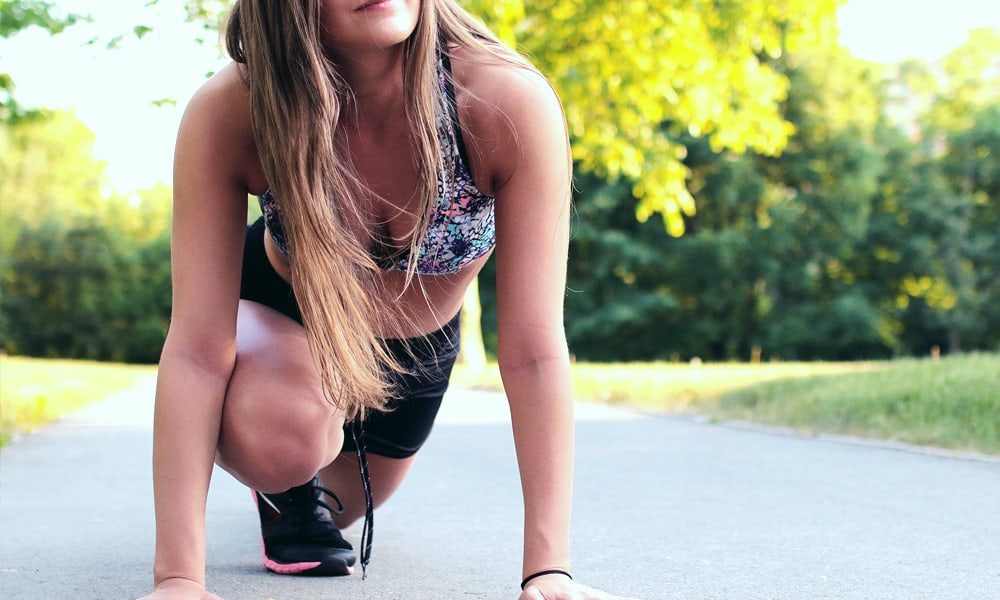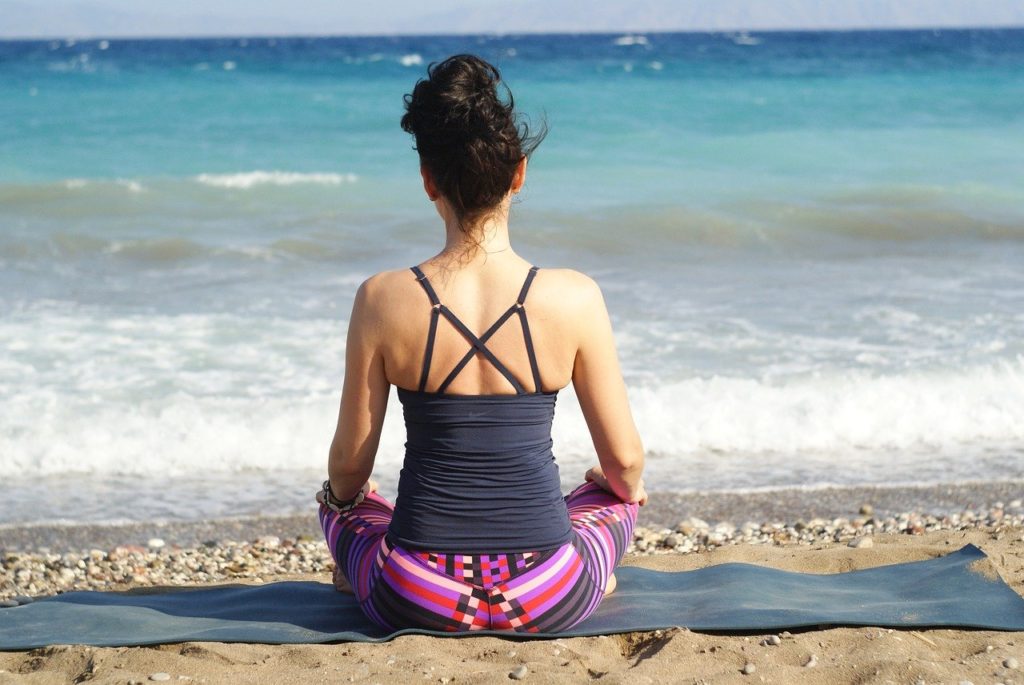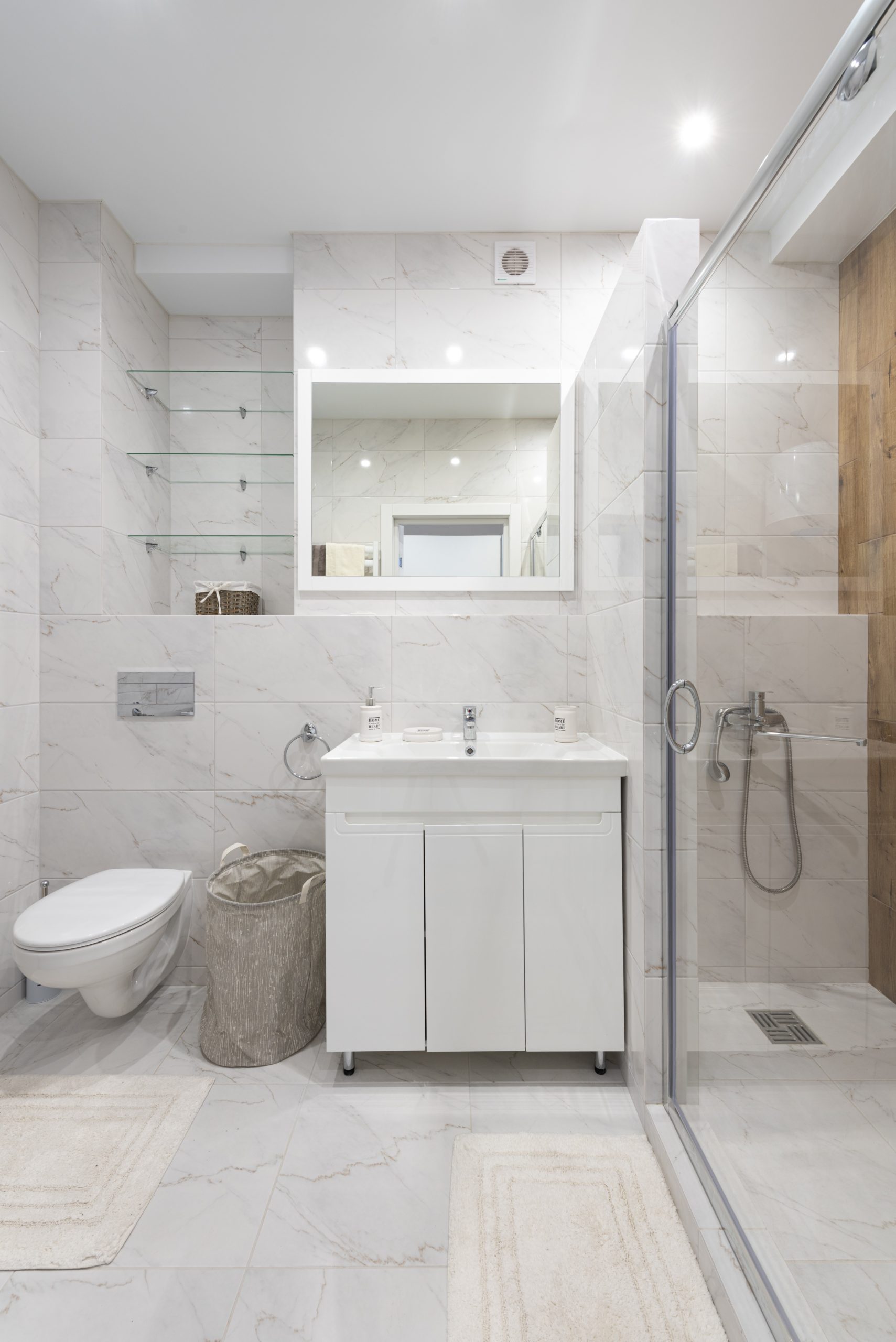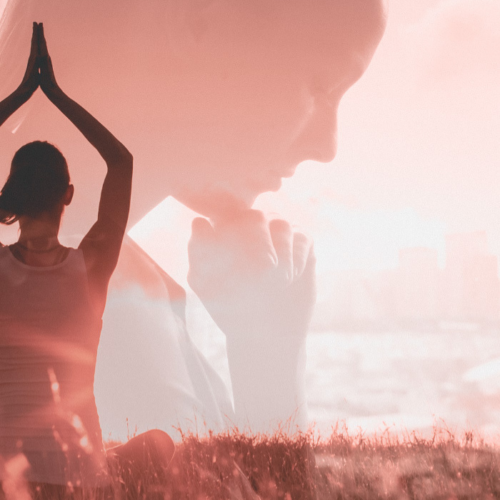One of the best ways to defeat anxiety and boost your mood is through exercise. Only 15-30 minutes a day of these exercises will have you feeling ready to start the day with a better perspective. You will be better equipped to handle challenges that you may face throughout the day.
1. STRETCHING
When we are stressed, our muscles tense up naturally. Tense muscles lead to aches and pains. Because stretching is a slow and calculated movement, it creates a calming effect in the mind and relieves tension. This makes stretching a very simple but effective way to reduce stress.

2. BREATHING EXERCISES
The key to breathing exercises involves breathing deeply and making sure that it is focused and slow. Slow, deep breaths can help reduce anxiety.
You can do this technique by sitting or lying down in a quiet, comfortable location. Take a slow, deep breath through your nose, your belly and upper body should be expanding. Then, exhale through your mouth in whatever way is most comfortable for you.
When you exhale, try to carry negative and upsetting thoughts and energy away from you. Repeat this 5-7 times, and practice daily when you can.

3. BRISK WALKING
Walking is an exercise that has the capability to shut down the anxious mechanism, so while we’re walking, the anxious part of our brain can relax. Furthermore, we are more likely to have clear thoughts on our walk. That’s why you may hear about people doing walking meetings at work to help them think better.

4. BIKING
Cycling comes up several times as particularly useful for positive mental health. It is easily accessible for most of us, in addition to being rhythmic and low impact in nature. Much like other motor skills, cycling has known brain boosting benefits.
Cycling also helps you sleep better. Regular riding may help to synchronize your circadian rhythm. As a result, it may help reduce levels of stress hormones that can make proper regenerative, deep sleep difficult.
Most of all, it’s easy and convenient. It can be easily incorporated into your daily routine whether it’s for daily commute to work or or simply taking a stroll around your neighborhood. Enjoy the scenery, nice weather and let positive thoughts flow!

5. DANCING
Dancing is a fun and carefree activity that improves mood, and can reduce symptoms of depression and anxiety. It encourages and increases social bonding. It’s something you can do at home or in a class setting, like Zumba or Salsa. It’s a great way to let you hair down and have some fun.
If you feel self conscious or are saying to yourself that you’re not a great dancer, then you can just go on Youtube and search “dancing exercises” and start a fun workout in the comfort of your own home. Remember, dancing is good for the soul, so reward yourself and do something to make your heart smile.
6. SWIMMING
Swimming, even just half an hour at a time, is known to be effective for lowering incidences of depression and anxiety. It may also improve sleep patterns. When we swim, it releases the natural feel good hormones called endorphins. These endorphins lead us to experience a greater sense of happiness and wellbeing.

7. JOGGING
Multiple studies have shown that regular aerobic exercise and primarily jogging reduces symptoms related to mental health. Like much of the other exercises, jogging reduces stress and also strengthens your immune system.

8. Tennis
Tennis gives you a physical outlet to work off any muscle tension in your body. It allows you the chance to reduce your stress and blow off some steam. Tennis requires alertness and strategic thinking which can take your mind off your anxious thoughts.
9. Yoga
Yoga is a wonderful exercise to help reduce anxiety and stress. It is a mind-body practice that combines physical poses, controlled breathing, and meditation or relaxation. Furthermore, yoga may help lower blood pressure and heart rate. The overall practice of yoga can elicit the relaxation response, allowing both the body and mind to gain a sense of calm and ease.


